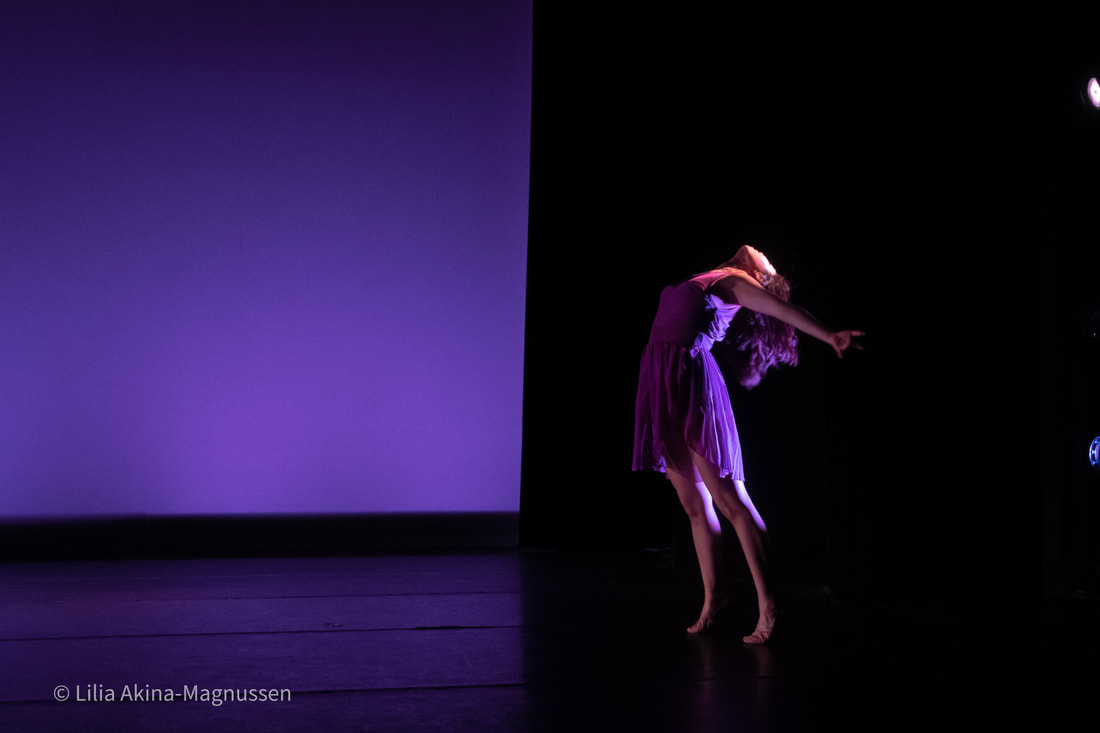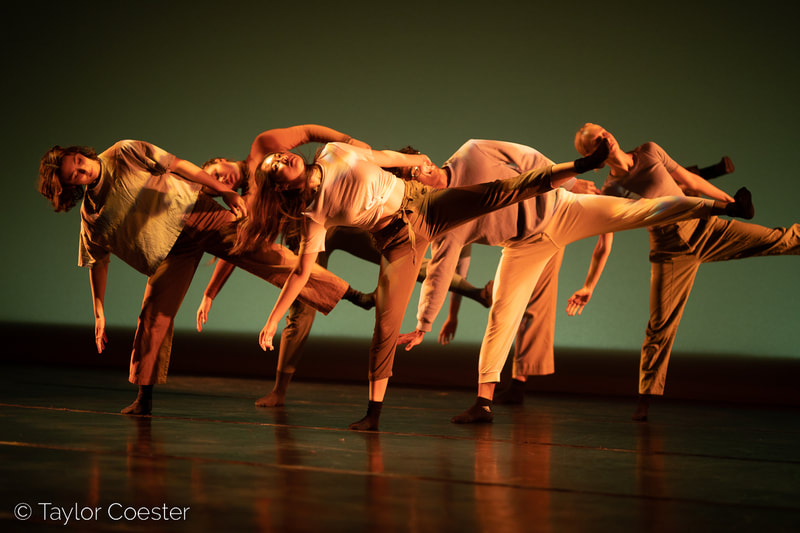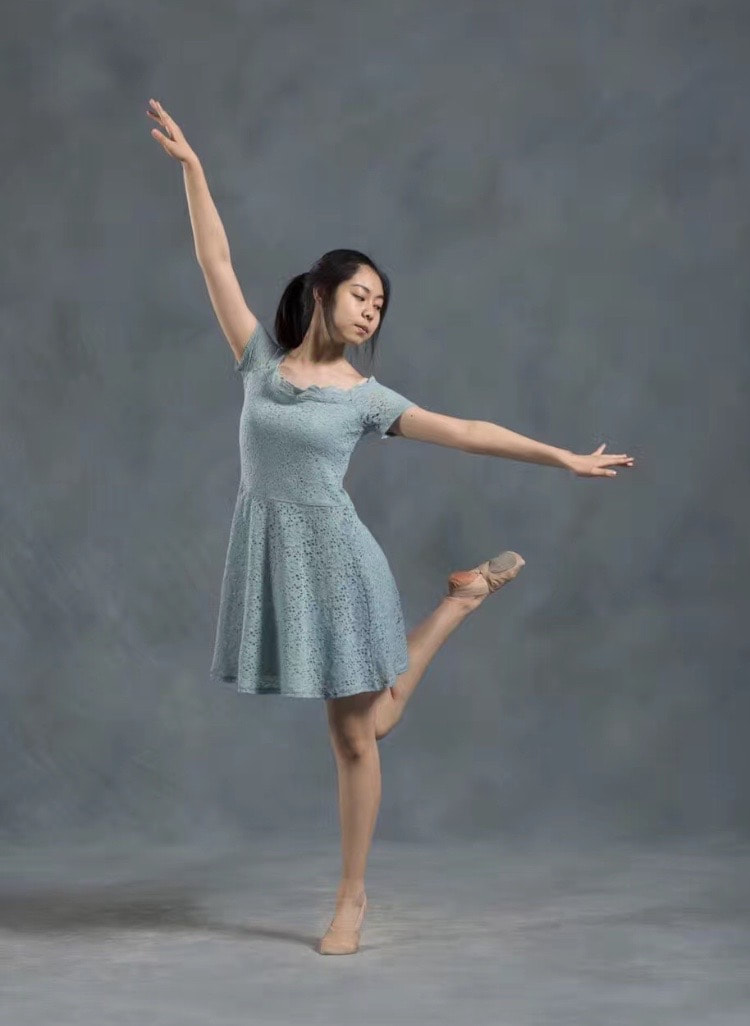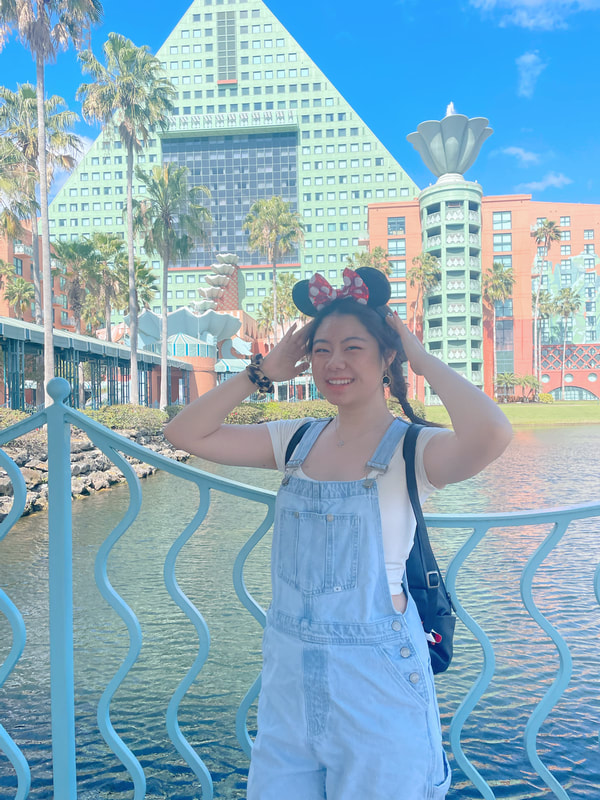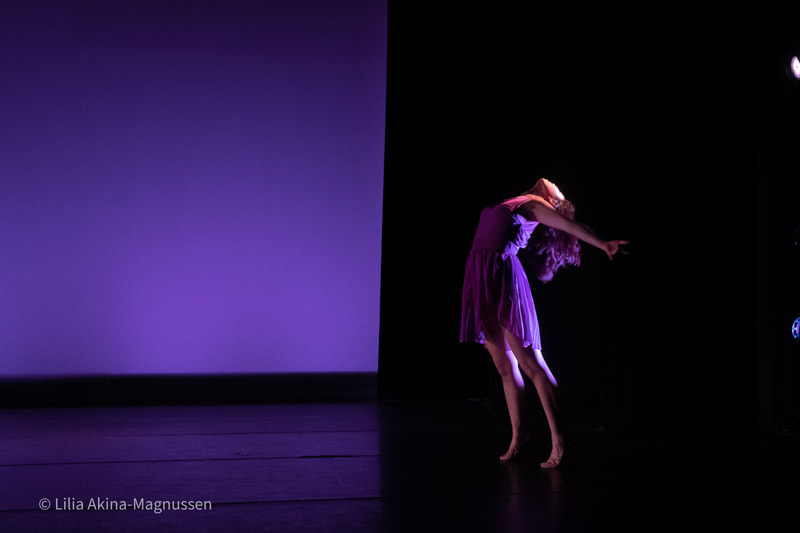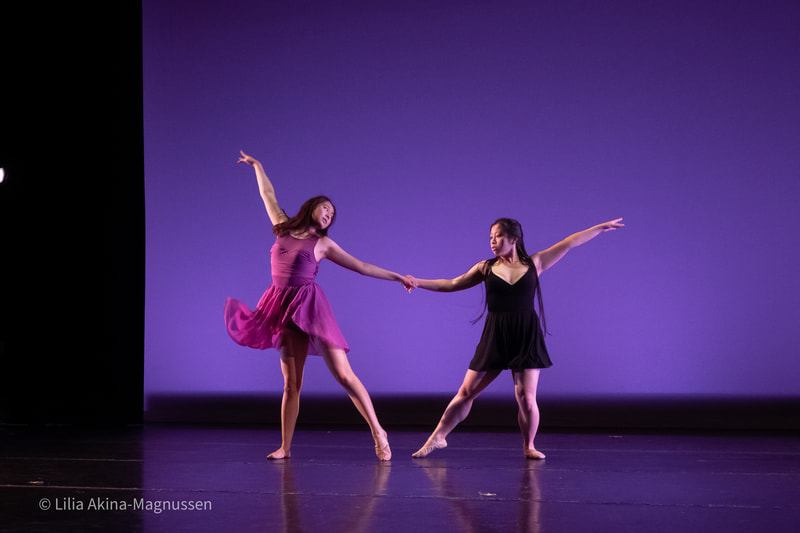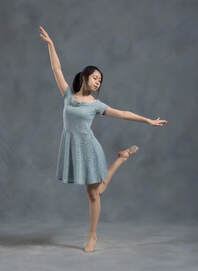
Michelle Tian: Collingwood alumni, Boston University graduate. Journalist, dancer, artist.
After attending Collingwood since Kindergarten, Michelle went on to study at Boston University, majoring in journalism and minoring in philosophy. Throughout her high school and university years, she has continued to write and dance, exploring different methods of creative communication through these disciplines.
Michelle’s extensive background in dance began when she was five years old, at a dance studio in North Vancouver. For the majority of her childhood, she did ballet. Then, at fifteen, she decided to try contemporary dance within Collingwood’s dance program.
Contemporary, in layman’s terms, combines several different styles of dance—like jazz, lyrical, and ballet. For Michelle, it was a world that ballet had never shown her: a world that gave her endless opportunities to express herself creatively. In her words, contemporary “gives you everything ballet doesn’t”. It’s all about existing in your own head: worrying less about the structured moves and technique, and simply feeling the movements instead.
After attending Collingwood since Kindergarten, Michelle went on to study at Boston University, majoring in journalism and minoring in philosophy. Throughout her high school and university years, she has continued to write and dance, exploring different methods of creative communication through these disciplines.
Michelle’s extensive background in dance began when she was five years old, at a dance studio in North Vancouver. For the majority of her childhood, she did ballet. Then, at fifteen, she decided to try contemporary dance within Collingwood’s dance program.
Contemporary, in layman’s terms, combines several different styles of dance—like jazz, lyrical, and ballet. For Michelle, it was a world that ballet had never shown her: a world that gave her endless opportunities to express herself creatively. In her words, contemporary “gives you everything ballet doesn’t”. It’s all about existing in your own head: worrying less about the structured moves and technique, and simply feeling the movements instead.
Although she’s tried her hand at other styles, like jazz, hip-hop, and even heels, contemporary remains her favourite. The style is grounded in dramatic emotion and self-expression, and for Michelle, it becomes something more than just “dance”: it becomes a mental release: a way of venting and working through emotions. Michelle talks about dance as a way of telling a story: it’s not just a way of moving your body.
In dance, the step beyond performing is choreographing. Performers can follow instructions and make someone else’s choreography their own, but it’s much more difficult to have to start from scratch, with no general instruction to guide you.
This year, Michelle worked with her roommate at BU to choreograph their own piece as a duo. In Michelle’s words, it was “so much harder than [I] thought it would be!”. She found, through the process, that she was glad to have a specific set of moves that she knew well enough to be able to apply to any piece. Stylistically, Michelle finds that she enjoys choreographing to the music she’s chosen—a lot of the time, the music she prefers most for contemporary is best described as “dramatic instrumental”.
Performing is all about headspace. Michelle likens being onstage to an adrenaline rush: she doesn’t remember much of it afterwards, but knows that it’s because she’s gotten fully into the mindset of the piece’s mood and themes. It’s easier, she says, to perform in a group, with the lights on, and the energy of your teammates and the audience cheering you on. She admires people who can be so “in the moment” onstage, showing how connected they are to the pieces they perform.
Despite having graduated university, Michelle hopes to continue dancing and performing far into the future. Her advice for younger artists is to step out of their comfort zones, to connect with their teammates and teachers, because when all is said and done, “dance is about the people”.
In dance, the step beyond performing is choreographing. Performers can follow instructions and make someone else’s choreography their own, but it’s much more difficult to have to start from scratch, with no general instruction to guide you.
This year, Michelle worked with her roommate at BU to choreograph their own piece as a duo. In Michelle’s words, it was “so much harder than [I] thought it would be!”. She found, through the process, that she was glad to have a specific set of moves that she knew well enough to be able to apply to any piece. Stylistically, Michelle finds that she enjoys choreographing to the music she’s chosen—a lot of the time, the music she prefers most for contemporary is best described as “dramatic instrumental”.
Performing is all about headspace. Michelle likens being onstage to an adrenaline rush: she doesn’t remember much of it afterwards, but knows that it’s because she’s gotten fully into the mindset of the piece’s mood and themes. It’s easier, she says, to perform in a group, with the lights on, and the energy of your teammates and the audience cheering you on. She admires people who can be so “in the moment” onstage, showing how connected they are to the pieces they perform.
Despite having graduated university, Michelle hopes to continue dancing and performing far into the future. Her advice for younger artists is to step out of their comfort zones, to connect with their teammates and teachers, because when all is said and done, “dance is about the people”.
Michelle’s constant striving to connect with people has shaped parts of her life outside of the dance studio. In journalism, she has discovered that she loves to connect with the people behind the story: the “normal people doing incredible things”.
She realised that she was interested in writing in high school, but never thought she would enjoy writing non-fiction—that is, until she actually tried it. Throughout her writing career, she has written for the BU News Service, The Daily Free Press, The Daily Telegraph, and more.
In her final semester at BU, Michelle took a course called “How to Report During Traumatic Situations”, a class that she says was one of the most interesting she’s ever taken. As a writer, she tends to gravitate towards pieces about social justice. After all, she points out that “there’s no point in having an insane social justice movement if no one knows about it”. Michelle loves getting to meet the people behind each movement, to actually “meet face-to-face and know how it started”.
She feels that, while a journalist’s job is to tell stories, it’s almost crucial for a journalist to be faithful to the story that they’re telling. It’s important to strike a balance between how you want to tell the story, and being respectful to the real people behind these stories.
She realised that she was interested in writing in high school, but never thought she would enjoy writing non-fiction—that is, until she actually tried it. Throughout her writing career, she has written for the BU News Service, The Daily Free Press, The Daily Telegraph, and more.
In her final semester at BU, Michelle took a course called “How to Report During Traumatic Situations”, a class that she says was one of the most interesting she’s ever taken. As a writer, she tends to gravitate towards pieces about social justice. After all, she points out that “there’s no point in having an insane social justice movement if no one knows about it”. Michelle loves getting to meet the people behind each movement, to actually “meet face-to-face and know how it started”.
She feels that, while a journalist’s job is to tell stories, it’s almost crucial for a journalist to be faithful to the story that they’re telling. It’s important to strike a balance between how you want to tell the story, and being respectful to the real people behind these stories.
|
|
|
Social issues, in general, are a major aspect of her life as both writer and reader. Even in fiction or fantasy fiction (her favourite genre to read), she enjoys when the author incorporates real-world issues or questions into their works. Over time, this has taught her to never take anything at face value, whether she’s reading or writing.
With her own works, Michelle says she often has trouble trusting the reader. She always wants her readers to understand the hidden messages behind her writing, so she finds that she tends to write with excessive detail to ensure that this happens. For younger writers, her advice is to read as much as possible. It can help them develop their own writing style, as well as teach them the standard that their writing quality must reach in order to get published. She also encourages younger writers to try their hand at many different genres to discover what they enjoy most.
After graduating from BU, Michelle has returned to Vancouver. She plans to work in Canada for at least a couple years, but is also considering applying for a Master’s degree. Later on, she hopes to live in California’s Bay Area. Michelle also hopes to publish a novel, though she says that’s probably a goal for the far future—but hey, today’s dreams are tomorrow’s realities, right?
With her own works, Michelle says she often has trouble trusting the reader. She always wants her readers to understand the hidden messages behind her writing, so she finds that she tends to write with excessive detail to ensure that this happens. For younger writers, her advice is to read as much as possible. It can help them develop their own writing style, as well as teach them the standard that their writing quality must reach in order to get published. She also encourages younger writers to try their hand at many different genres to discover what they enjoy most.
After graduating from BU, Michelle has returned to Vancouver. She plans to work in Canada for at least a couple years, but is also considering applying for a Master’s degree. Later on, she hopes to live in California’s Bay Area. Michelle also hopes to publish a novel, though she says that’s probably a goal for the far future—but hey, today’s dreams are tomorrow’s realities, right?

